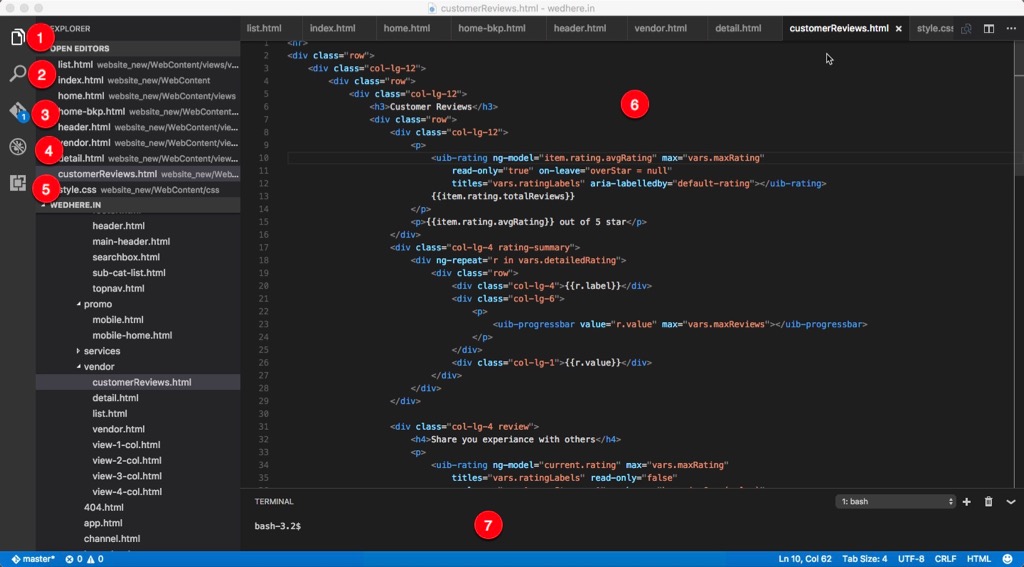

After that, click on the “Source Control icon” and click on “Initialize Repository.”Follow these instructions to clone your repository. Step 6: Open VSCode and open the folder which you want to push. We will use the GitHub repository URL later in VSCode. containers Issue in vscode-remote containers feature-request Request for new features or functionality plan-review PM-highlighted item determined to be P1 or P2 Projects None yetStep 5: Once the repository is created, Copy the repository’s web URL to push the code to the GitHub repository. Change into that directory with: cd /home/git/git_repo. unifi vlan 4040 Back on your remote machine create a repository directory (still as the user git) in the git users’ home with: mkdir /home/git/git_repo. And click on “Your Repository.”.Step 2: If you have an existing repository, then open that repository otherwise, click on the “new” button to create a repository. On completion of the installation, the .Here are the steps to push the code from VS Code to GitHub.Step 1: Open your Github Account. Step 5: type git clone to clone a repo from GitHub using VS Code.

$ git clone Click menu:Clone Select the folder on your PC where you want to save the repository. In order to clone a repository, we need to follow the steps given below − Copy the URL from the text box shown above and paste this into your git bash terminal using the below command. If you do so, you will get some error while syncing the project to the repository.Here are the steps to push the code from VS Code to GitHub.Step 1: Open your Github Account. Make sure not to initialize the repository with a README. From Using Version Control in VS Code: You can clone a Git repository with the Git: Clone command in the Command Palette (Windows/Linux: Ctrl + Shift + P, Mac: Command + Shift + P). Another option is to use the built-in Command Palette, which will walk you right through cloning a Git repository to a new directory.


 0 kommentar(er)
0 kommentar(er)
